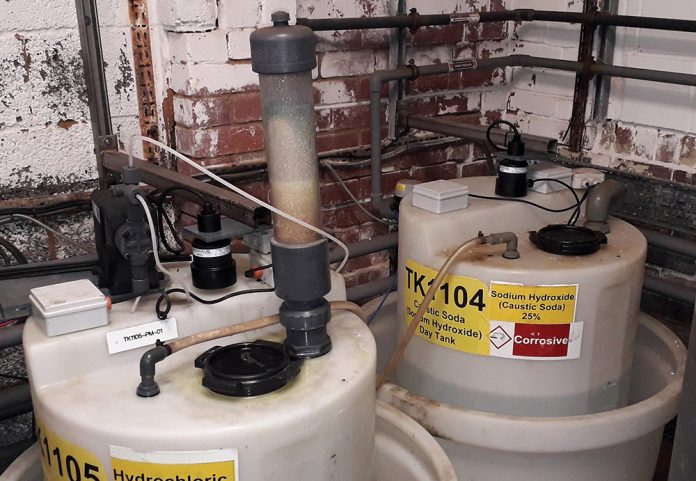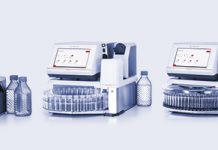There really is no difference in control and measurement functionality with radar and ultrasonic measurement. The only major factor in determining which technology to use is the measurement type.
Ultrasonic measurement operates by exciting a piezo-electric crystal to emit a pulse of ultrasound. The sound reflects off objects and the return ‘echoes’ re-excite the crystal. The time taken for the signal to return is related to the distance of the reflecting object. Advancements in technology allow echoes from fixed objects within the path of the sound to be disregarded, and the true echo can be identified. Meaning that now, there are very few applications where this technology won’t work.
What are the benefits of ultrasonic?
Firstly, the technology is a well-proven, well understood measurement technique and is consistently and routinely used throughout industries all over the globe. You can rely on ultrasonic measurement to give you accurate and reliable readings each time, aside from its consistency, there are a huge number of standard control routines providing you with an outstanding level of control.
There are low power, loop or battery powered operating ultrasonic systems that have been developed to provide a solution to help businesses reduce their power consumption. These systems provide ideal answers to the issues of monitoring levels in remote locations and reducing power consumption on site. Advances in power management technology mean that the battery life of these systems is measured in years – something that has been unachievable in non-contacting systems over recent years.
Plain and simple, a non-contacting system does an upstanding job, deriving distance by firing a signal and listening for the return echo. But now, with millions of pounds of research and development, tens of thousands of installations and a huge advancement in technology, ultrasonic measurement remains the foundation stone of process control and measurement.
What is radar?
Non-contacting radar technology comes in two different types, Pulsed and Frequency Modulated Continuous Wave (FMCW). Both technologies work by emitting radio frequency energy and measuring the time it takes for a signal to return from a target with a significantly higher dielectric constant than air.
The key difference between the two types of radar measurement is that pulsed radar emits a series of radio frequency pulses and measures the time it takes for the signal to return from the target to the emitter. A challenge when at the speed of light, the signal will return in a fraction of a microsecond. Whereas FMCW measure time of flight, but transmits continuously, constantly varying the frequency of the signal. The frequency of the returning signal is compared to the signal being emitted at that moment using a mathematical technique called Fast Fourier Transform (FFT). The difference between the two corresponding to the time the signal has taken to return. FMCW is said to be the more accurate of the two because of its narrower bean angle and in most cases a stronger signal.
How are radar and ultrasonic technologies different?
There really is no difference in control and measurement functionality with radar and ultrasonic measurement. The only major factor in determining which technology to use is the measurement type. You can probably start off by assuming that ultrasonic measurement will solve your problem.
Radar echo strength is also related to the dielectric constant of the reflecting object. If you are measuring something with a low dielectric constant and there are obstructions with a high dielectric constant, there will be some serious measurement problems. Ultrasonic is only concerned with the surface texture of the object for its ability to reflect sound, rather than what the object is made from.
When should I consider radar technology?
1. High Temperature Applications
2. Acoustic Noise Interface
3. Foamy Applications
4. Dosing Plants and IBC’s
5. Digesters
Conclusion
Whatever you are measuring or trying to achieve you can be rest-assured that ultrasonic measurement will achieve what you want it too. However, for the small 5% of applications outlined above, radar will solve your problem. One thing that will be essential to the outcome of your measurement in ensuring you choose a controller that is retrofittable with both technologies. If suddenly your application changes or the conditions of the process change, and you need to swap the one technology for the other, you have a control system that enables you to do just that.









